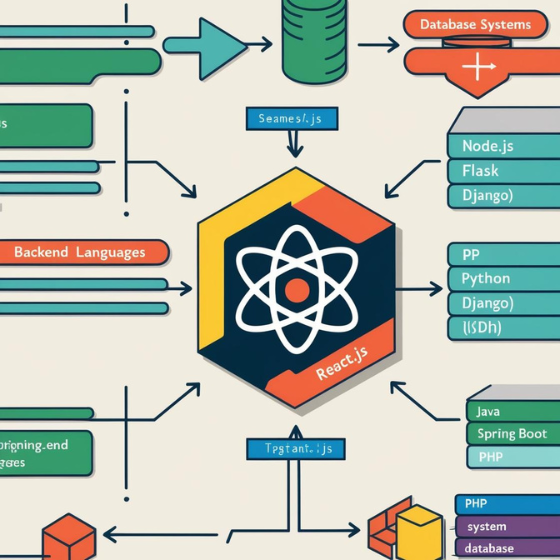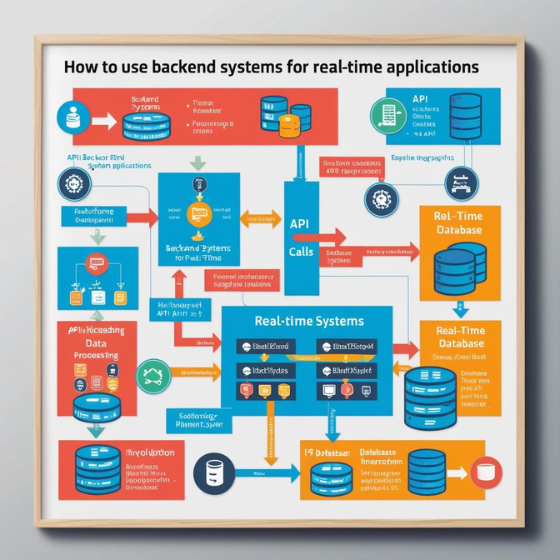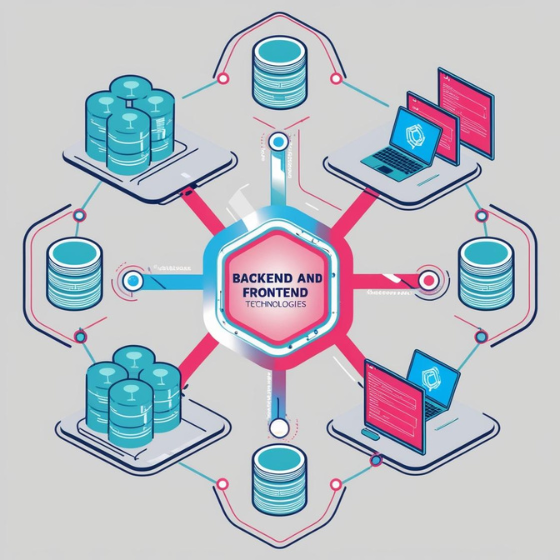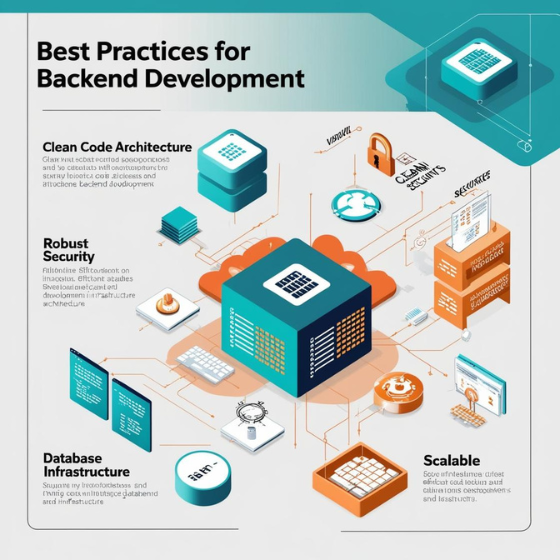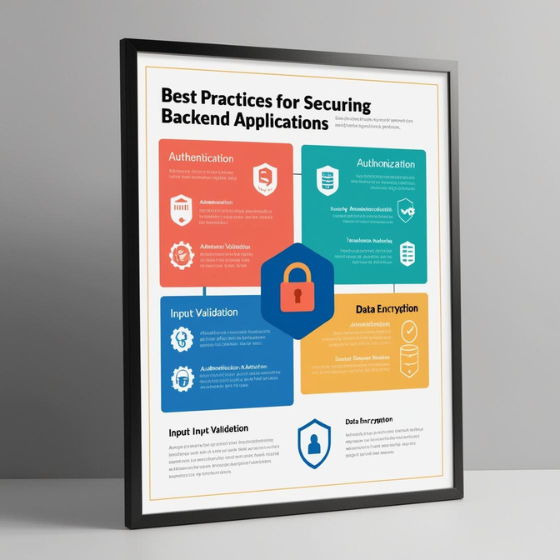How to Integrate React.js with Backend Technologies
In today’s fast-paced digital world, building applications with seamless frontend and backend integration is essential. React.js has emerged as a favorite for developers creating dynamic and responsive user interfaces. However, its real power shines when effectively connected to backend technologies. This integration ensures data flow, scalability, and an enhanced user experience.
If you’ve ever wondered about how to integrate React.js with backend technologies, this comprehensive guide will walk you through the essentials, best practices, and common challenges.
Why Integration is Crucial
The success of any web application lies in its ability to handle data seamlessly between its frontend and backend. Proper integration offers:
- Dynamic Interactivity: React’s dynamic nature allows it to fetch and display real-time data from the backend.
- Scalability: Structured integration supports future expansion as the application grows.
- Enhanced User Experience: A well-integrated application feels seamless, leading to higher user satisfaction.
Take an e-commerce application, for example. From inventory updates to secure checkout, integration between React.js and backend technologies ensures the app runs smoothly and efficiently.
The Basics of Integration
Before diving into advanced techniques, it’s essential to set up a robust foundation for your React.js and backend integration.
1. Choosing a Backend Technology
React.js is versatile and works with a variety of backend technologies. Some popular choices include:
- Node.js with Express: A lightweight and fast option for RESTful API creation.
- Django: A Python framework known for its robustness.
- Ruby on Rails: Ideal for complex applications.
- Spring Boot: A Java-based framework for enterprise-grade systems.
2. Establishing Communication Protocols
When connecting React.js with the backend, you’ll typically use:
- RESTful APIs: Widely used and straightforward to implement.
- GraphQL: A modern alternative that allows clients to request specific data.
Choosing the right protocol depends on your project’s requirements. REST is ideal for simplicity, while GraphQL shines in flexibility and efficiency.
Steps to Integrate React.js with Backend Technologies
Integrating React.js with backend technologies involves several steps. Here’s how you can get started:
Step 1: Set Up the Backend
Develop and deploy your backend technology, ensuring it provides endpoints for the data your application requires. For example:
- A REST API with endpoints like
/productsor/users. - A GraphQL schema defining data types and queries.
Step 2: Connect the Frontend
Once the backend is live, connect it to your React application.
- Use HTTP methods (GET, POST, PUT, DELETE) for REST APIs.
- Use libraries like Apollo Client for GraphQL integration.
Step 3: Secure the Connection
Protect data transmission with secure authentication methods such as OAuth2, JWT, or API keys.
Best Practices for Integration
Building a robust application requires more than just connecting the frontend and backend. Follow these best practices for a seamless experience.
1. Implement Authentication and Authorization
Always secure your endpoints with authentication. React applications often use token-based authentication (like JWT) to validate user sessions.
2. Use Environment Variables
Store sensitive information like API keys and backend URLs in environment files. This enhances security and makes your app easier to manage across environments.
3. Optimize Data Handling
- Cache frequently requested data to reduce API calls.
- Minimize response sizes for faster load times.
- Use real-time solutions like WebSockets for live updates.
4. Error Handling
Handle API errors gracefully with appropriate error messages and fallbacks. This ensures your app remains user-friendly even when issues occur.
5. Monitor Performance
Tools like Postman, New Relic, and browser dev tools help test and optimize your APIs for maximum performance.
Real-World Integration Example
Scenario: E-Commerce Platform
An online store needs to display product details, manage user accounts, and enable secure checkouts.
Solution:
- Backend: Node.js with Express for API development.
- Frontend: React.js for dynamic interfaces.
- Integration: RESTful APIs for fetching and updating data, with JWT for secure user authentication.
This setup allows users to view real-time inventory updates, place orders, and track shipments effortlessly.
Challenges in Integration
While integrating React.js with backend technologies offers numerous benefits, it’s not without challenges. Here’s how to tackle common issues:
1. CORS Errors
When React (frontend) and the backend are hosted on different domains, cross-origin requests can fail. Configure your backend to allow cross-origin requests with proper CORS settings.
2. Data Inconsistencies
Misaligned data formats can lead to errors. Ensure both the frontend and backend use consistent validation rules and structures.
3. Performance Bottlenecks
High latency or slow API responses can degrade user experience. Optimize database queries, implement caching, and use tools like CDN to reduce load times.
Why Choose Sodio for Your Development Needs
At Sodio, we specialize in creating seamless applications by integrating React.js with the most suitable backend technologies. Here’s why businesses trust us:
- Custom Integrations: Tailored solutions for unique business challenges.
- Expertise in Security: Robust authentication mechanisms for secure applications.
- Scalability: Our solutions are built to grow with your business.
? Explore our React.js Development Services to see how we can help transform your application.
Conclusion
Learning how to integrate React.js with backend technologies is crucial for building modern web applications. By following best practices, addressing common challenges, and leveraging expert support, you can create powerful and scalable applications.
Sodio’s expertise ensures you get the most out of your development efforts. Whether you need custom solutions, API integration, or real-time features, our team is here to help.
Ready to take your application to the next level?
? Contact us today to discuss your project and see how we can bring your vision to life.
? Explore more about our services and case studies to learn how we deliver results.
